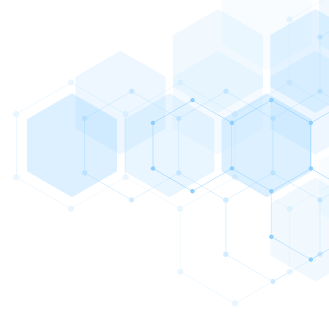DESCRIPTION
Etoposide
Mechanism of Action
• Plant alkaloid extracted from the Podophyllum peltatum mandrake
plant.
• Cell cycle–specific agent with activity in the late S- and G2-phase.
• Inhibits topoisomerase II by stabilizing the topoisomerase II-DNA
complex and preventing the unwinding of DNA.
Mechanism of Resistance
• Multidrug-resistant phenotype with increased expression of P170
 glycoprotein. Results in enhanced drug efflux and decreased intracellular
accumulation of drug. Cross-resistant to vinca alkaloids,
 anthracyclines, taxanes, and other natural products.
• Decreased expression of topoisomerase II.
• Mutations in topoisomerase II with decreased binding affinity to drug.
• Enhanced activity of DNA repair enzymes.
Absorption
Bioavailability of oral capsules is approximately 50%, requiring an oral
dose to be twice that of an IV dose. However, oral bioavailability is non-linear
and decreases with higher doses of drug (.200 mg). Presence of food and/or
other anticancer agents does not alter drug absorption.
Distribution
Rapidly distributed into all body fluids and tissues. Large fraction of
 etoposide (90%–95%) is protein-bound, mainly to albumin. Decreased albumin
levels result in a higher fraction of free drug and a potentially higher
 incidence of host toxicity.
Metabolism
Metabolized primarily by the liver via glucuronidation to hydroxy acid
metabolites, which are less active than the parent compound. About 30%–50%
of etoposide is excreted in urine, and only 2%–6% is excreted in stool via biliary
excretion. The elimination half-life ranges from 3 to 10 hours.
Indications
1. Germ cell tumors.
2. Small cell lung cancer.
3. Non-small cell lung cancer.
4. Non-Hodgkin’s lymphoma.
5. Hodgkin’s lymphoma.
6. Gastric cancer.
7. High-dose therapy in transplant setting for various malignancies,
including breast cancer, lymphoma, and ovarian cancer.
Dosage Range
1. IV: Testicular cancer—As part of the PEB regimen, 100 mg/m2 IV on
days 1–5 with cycles repeated every 3 weeks.
2. IV: Small cell lung cancer—As part of cisplatin/VP-16 regimen,
 100–120 mg/m2 IV on days 1–3 with cycles repeated every 3 weeks.
3. Small cell lung cancer—50 mg/m2/day PO for 21 days.
Drug Interactions
Warfarin—Etoposide may alter the anticoagulant effect of warfarin by
prolonging the PT and INR. Coagulation parameters (PT and INR) need to
be closely monitored and dose of warfarin may require adjustment.
Special Considerations
1. Use with caution in patients with abnormal renal function. Dose
reduction is recommended in patients with renal dysfunction.
Baseline CrCl should be obtained, and renal status should be carefully
monitored during therapy.
2. Use with caution in patients with abnormal liver function. Dose
reduction is recommended in this setting.
3. Administer drug over a period of at least 30–60 minutes to avoid the
risk of hypotension. Should the blood pressure drop, immediately
discontinue the drug and administer IV fluids. Rate of administration
must be reduced upon restarting therapy.
4. Carefully monitor for anaphylactic reactions. More commonly
observed during the initial infusion of therapy and probably related
to the polysorbate 80 vehicle in which the drug is formulated. In rare
instances, such an allergic reaction can be fatal. The drug should be
immediately stopped and treatment with antihistamines, steroids,
H2-blockers such as cimetidine, and pressor agents should be
administered.
5. Closely monitor injection site for signs of phlebitis and avoid
 extravasation.
6. Pregnancy category D. Breastfeeding should be avoided.
Toxicity 1
Myelosuppression. Dose-limiting toxicity with leukopenia more common
than thrombocytopenia. Nadir usually occurs 10–14 days after therapy with
recovery by day 21.
Toxicity 2
Nausea and vomiting. Occur in about 30%–40% of patients and generally
mild to moderate. More commonly observed with oral administration.
Toxicity 3
Anorexia.
Toxicity 4
Alopecia observed in nearly two-thirds of patients.
Toxicity 5
Mucositis and diarrhea are unusual with standard doses but more often
observed with high doses in transplant setting.
Toxicity 6
Hypersensitivity reaction with chills, fever, bronchospasm, dyspnea, tachycardia,
facial and tongue swelling, and hypotension. Occurs in less than 2% of
patients.
Toxicity 7
Metallic taste during infusion of drug.
Toxicity 8
Local inflammatory reaction at injection site.
Toxicity 9
Radiation-recall skin changes.
Toxicity 10
Increased risk of secondary malignancies, especially acute myelogenous
leukemia. Associated with 11:23 translocation. Usually develops within
years of treatment and in the absence of preceding myelodysplastic
 syndrome.
SPECIFICATION


Login To Comment